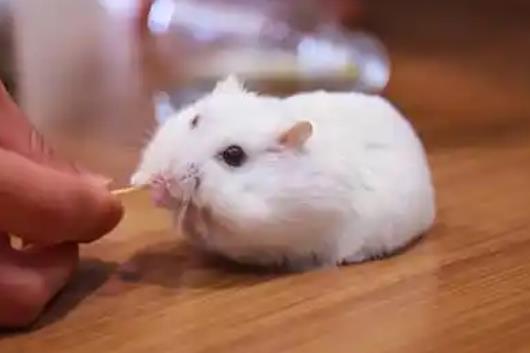Essential Knowledge for Novice Hamster Owners
The essential knowledge for novice hamster owners includes choosing the right basic equipment such as a hamster cage, bedding, food bowl, water bottle, exercise wheel, nest, bathroom, and bathing sand, as well as understanding hamster diet, environment, and interaction methods.

Hamster Cage and Equipment Selection
Hamster Cage
Choose a cage with enough space to ensure that your hamster has plenty of room to move around. In terms of material, wire cages offer good ventilation, but the gaps should not be too large to prevent the hamster from escaping. Plastic cages are easy to clean but may not be as breathable. The cage should be equipped with multiple levels of platforms, tubes, and small houses to add more fun.
Bedding
Common types of bedding include wood shavings, paper bedding, and corncob bedding. Select unscented and dust-free wood shavings or soft and comfortable paper bedding. The thickness of the bedding should be about 3 - 5 centimeters, so that the hamster can burrow and hide.
Food Bowl and Water Bottle
The food bowl should be fixed in a corner of the cage to avoid being knocked over. Choose a hanging water bottle to ensure it stays clean. Regularly check if the water bottle is leaking and change the water in a timely manner.
Exercise Wheel
Choose an exercise wheel of an appropriate size according to the hamster's body type. Dwarf hamsters need an exercise wheel with a diameter of about 15 centimeters, while Syrian hamsters require a wheel with a diameter of over 20 centimeters.
Nest
Provide a comfortable nest. The material can be wood, ceramic, or plastic. Line the inside with soft bedding to provide warmth and a sense of security.
Bathroom and Bathing Sand
Prepare a small bathroom and fill it with fine, unscented bathing sand. Hamsters will roll around in it to clean their bodies.
Diet Management
Hamsters are omnivores. Their staple food should be high-quality hamster food. You can occasionally offer fresh fruits and vegetables as treats. Avoid feeding greasy, spicy, or salty foods. Keep the food bowl and water bottle clean and change the food and water regularly.
Environment Setup
Hamsters prefer a quiet, dry, and warm environment. Place the cage in a well-ventilated area, away from direct sunlight, electrical appliances, and noise sources. Keep the cage clean by regularly changing the bedding, washing the food bowl and water bottle to prevent the growth of bacteria.
Interaction Methods
Hamsters are timid and need time to adapt to a new environment and their owners. In the early stages, don't disturb them too frequently. After they get used to the new environment, you can gently stroke their heads or backs and feed them by hand to increase intimacy. Observe the hamster's behavior and emotions to understand their preferences and needs.
By making these preparations and gaining this understanding, novice owners can take better care of their hamsters and ensure their healthy and happy growth.
